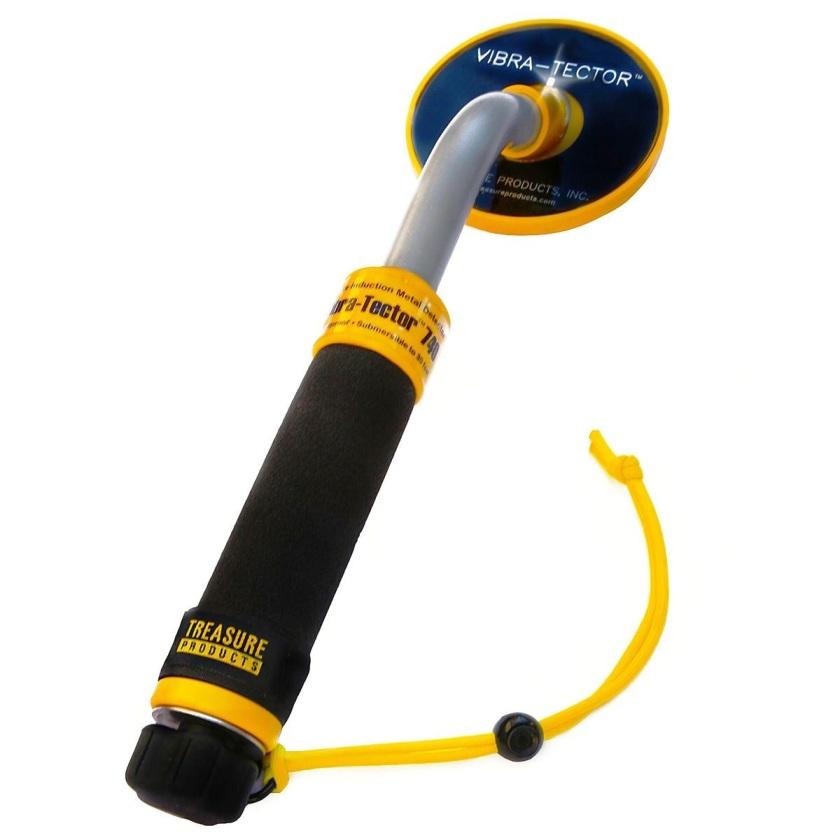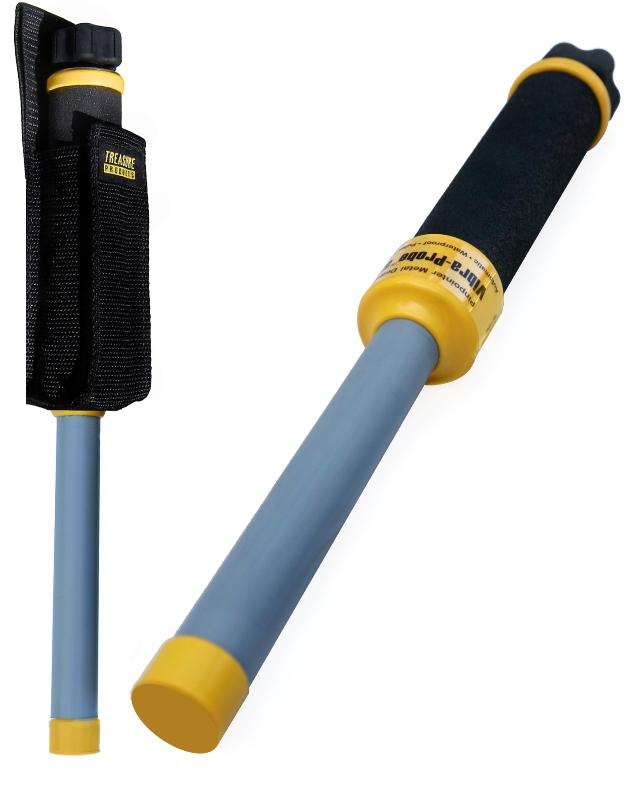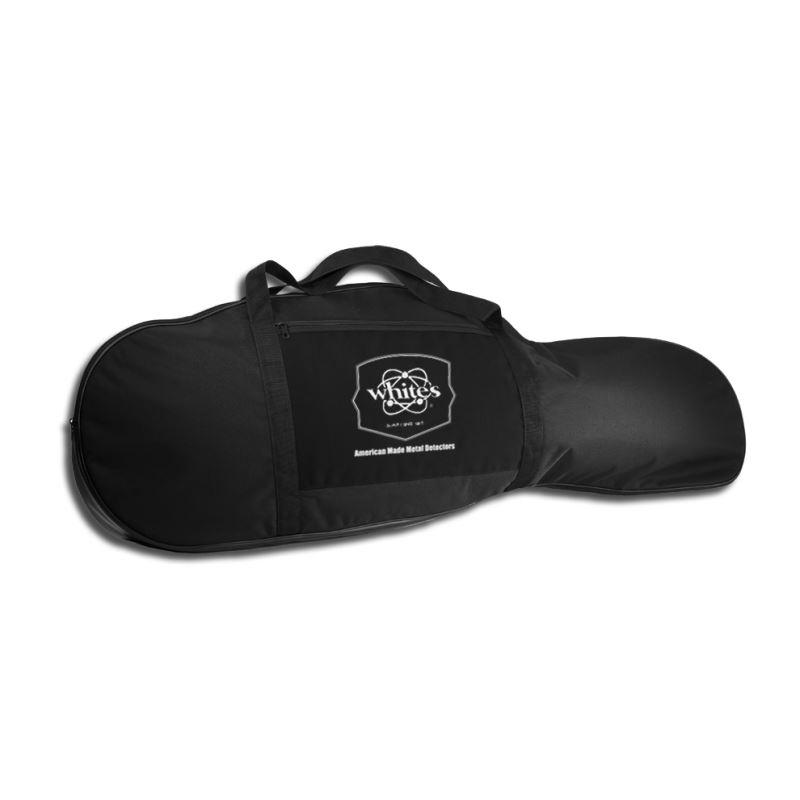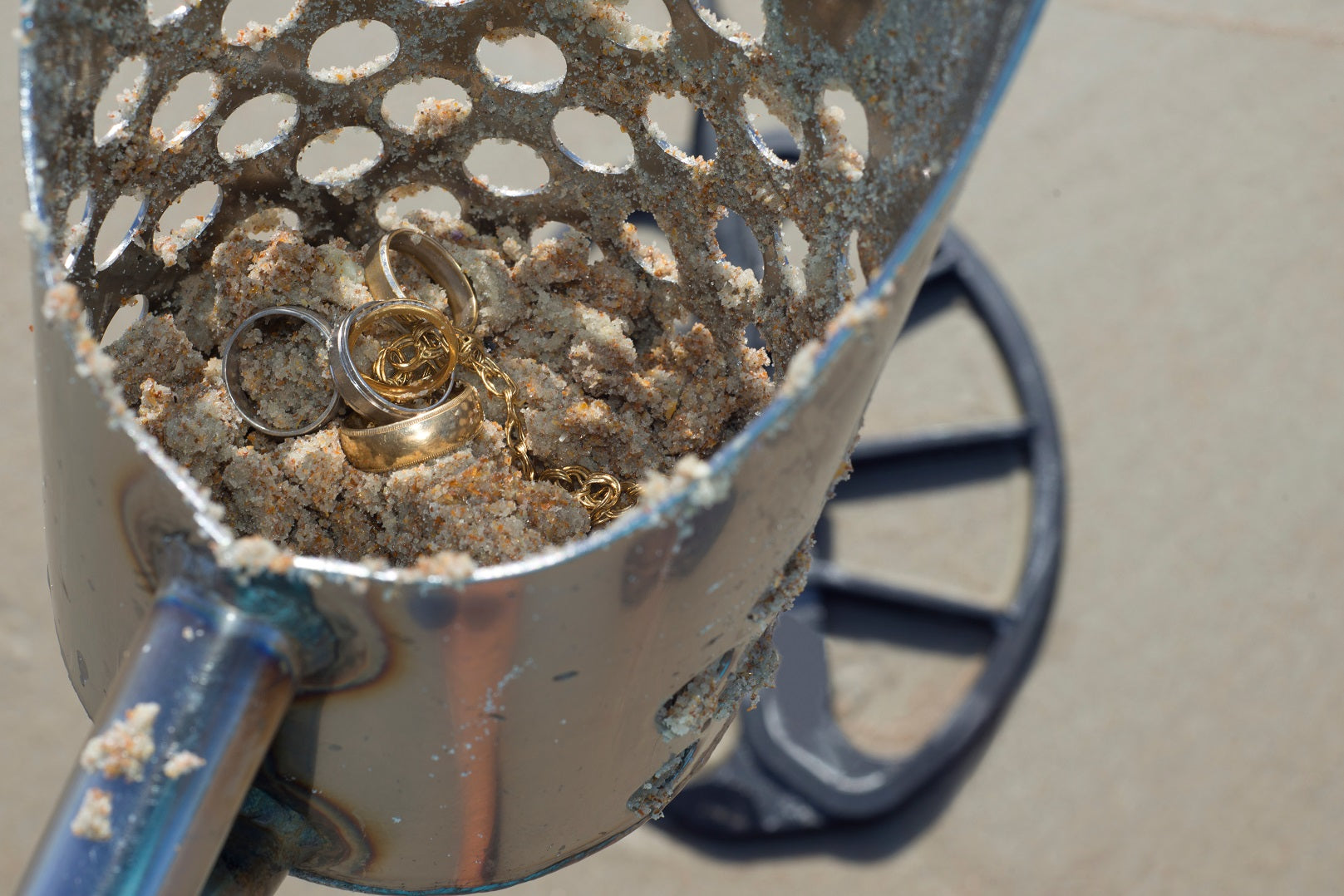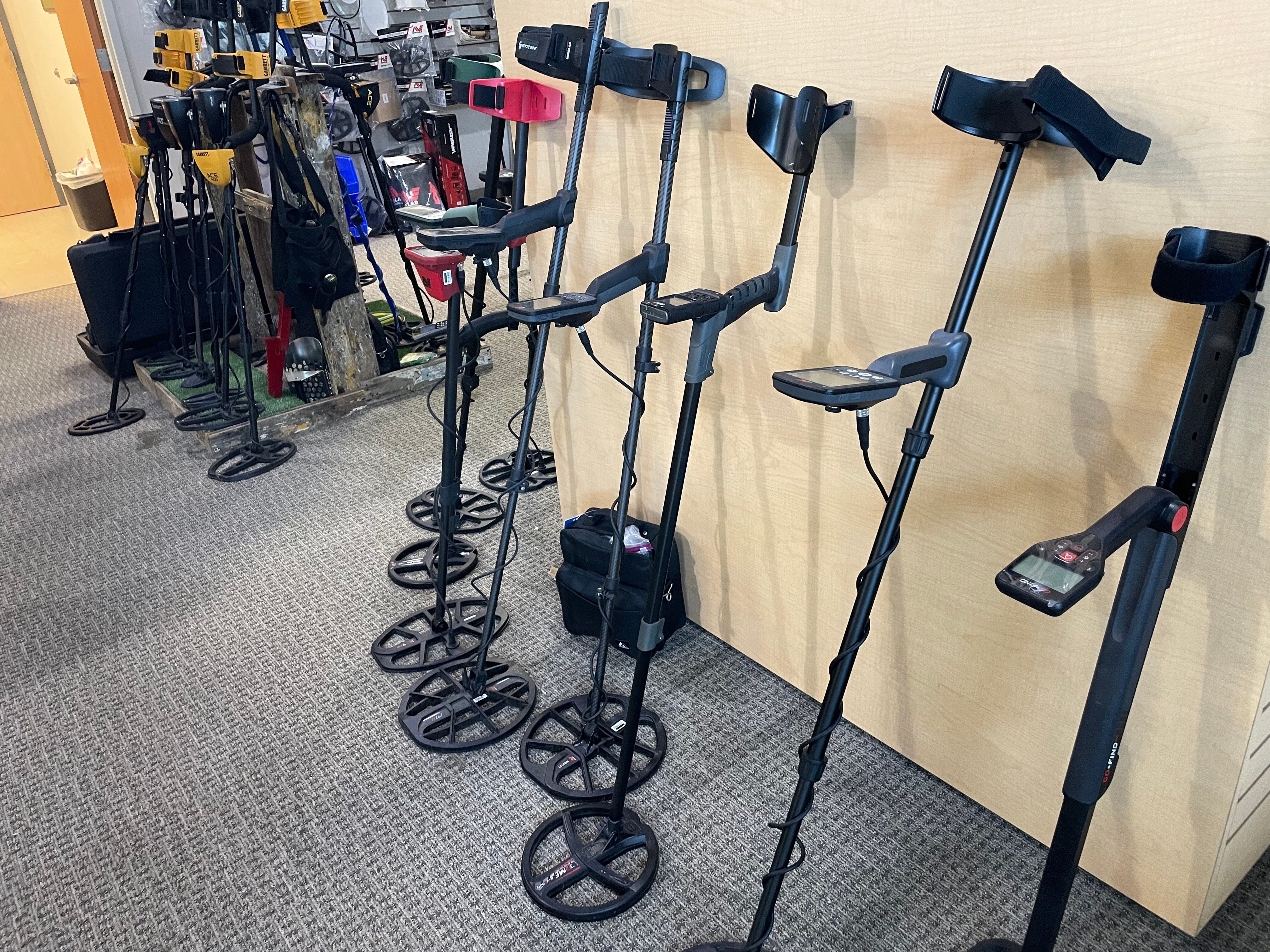Finding Primitive Artifacts - Arrowhead Hunting
I remember as a young child walking along in the dense wooded Oklahoma countryside with my father. He would always tell me to keep my eyes on the ground. Not only because you never knew when you would come upon one of the various varieties of poisonous snakes that could be found in that part of the country but also because of the potential of discovering a little bit of Native American history.
Over many centuries the region which is now Oklahoma has been home to rich Native American Indian culture. In fact archaeological evidence suggests the presence of prehistoric Indian tribes in Oklahoma as far back as 30,000 years ago. The area I grew up is located within the current Cherokee Nation of Oklahoma. My father always taught us to be respectful of Native American culture and passed that knowledge to us during outdoor excursions. He explained how natives used and made tools, how they used every piece of an animal once it was sacrificed for food. He explained the value of the natural world and what it could provide if you knew how to properly use it. A great number of our meals as poor rural family came from the forest and the ground.
My father also taught us what to look for while walking through the woods. I am certain he became tired and probably a little amused at how many times I would pick up a rock and ask if it was a Native American artifact. Usually they were not. He however found a great many and has quite a collection of arrow heads, spear heads, and other artifacts. He was glad to pass the knowledge on to a child who was eager to learn.
The first piece of advice was to keep your eyes on the ground with the exception of keeping aware of your surroundings and where you are going. The rocks in the area were mostly comprised of sand stone. Arrow heads in that area were mostly comprised of flint stone. The good thing about that is the two look almost nothing alike. He taught us to look for flakes of flint that would indicate that it was a spot where an arrow head (and perhaps many) was likely constructed. Some arrow heads were broke during the process of them being made and simply discarded. So these locations were potential hot spots to find arrow heads.
Secondly he taught us to focus our efforts near streams. These were places where Native Americans concentrated their hunting efforts and provided a water source for both them and game. Shallow streams, sand bars, and places where the creeks converged were especially bountiful in many cases. I learned that one of the best times to look for arrowheads was just after a rain where the water would wash away dirt making arrowheads easier to spot. I also learned that there are things that don't really look like a typical arrowhead that were created by Native Americans. Tiny little rocks that were shaped in a way they could be used as hooks for instance. Smaller arrowheads like the one in the picture below, "bird points" he would call them, were used to hunt fowl. 
You can find much more than simply arrowheads. Axe heads, spear heads, scraping tools, milling stones used to grind grains, pipes, little rock with holes drilled through them were used as fishing weights and net weights. The list goes on. I was fascinated and hooked.

I also learned what types of tools to use when help extract arrow heads from the ground. Typically we used some hardware cloth nailed to the bottom of a 2x4 wood frame. Metal however can sometimes damage a rock arrowhead if you were not gentle enough. Later in life I learned that the modern plastic sifters are much more effective and gentle on the stones.
These sifters are used to sort out unwanted dirt and debris and reveal the treasure within it. I also like to use a plastic digging tool so as not to potentially damage artifacts.
Just like most other types of treasure hunting, collecting arrowheads and other artifacts can provide a means of generating income. On Ebay and other sites, arrow heads can fetch anywhere from $10-15 to upwards of several hundred dollars. Spear heads and other artifacts can bring in much more. Collections can go for much more as well. I remember one time my father fell on hard times and was forced to separate from his collection of dozens of arrowheads he had mounted in a frame made from old barn wood with a felt backing. He sold it for enough money to help support him during the slow months of the construction trade in the winter.
Once you find your first arrowhead, you will be addicted to the hobby. You may find yourself immersed in the history of the area and the tribes that once flourished within it.
Stay tuned to our blog for upcoming articles and episodes by following us on your favorite social media outlet to stay informed of releases:
YouTube: HighPlainsProspectors
Facebook: @highplainspropsectors
Instagram: #highplainsprospectors
Twitter: @HProspectors
You Might Be Interested In

Coin & Relic Cleaning Supplies
Pair text with an image to focus on your chosen product, collection, or blog post. Add details on availability, style, or even provide a review.
- Choosing a selection results in a full page refresh.


